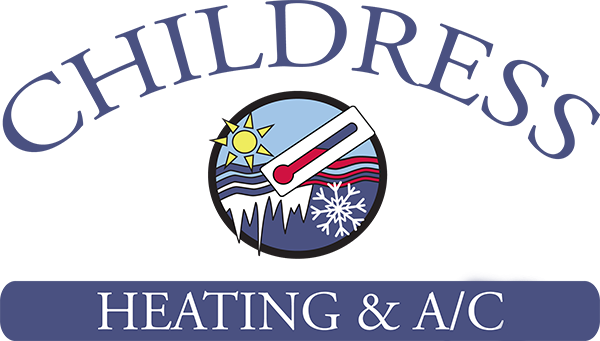
You shouldn’t need to give up comfort or spend a lot to keep your house at a pleasant temperature during muggy weather.
But what is the right temperature, exactly? We review ideas from energy professionals so you can choose the best temp for your residence.
Here’s what we suggest for the most energy-efficient setting for air conditioning in Fredericksburg.
Recommended Thermostat Settings for Summer
Most households find setting the thermostat at 72-73 degrees is ideal. However, if there’s a huge difference between your inside and exterior warmth, your electricity expenses will be bigger.
These are our recommendations based on the U.S. Department of Energy (DOE) and ENERGY STAR®.
While at home: 78 degrees. While that seems warm, there are ways you can keep your home pleasant without having the air conditioner on all the time.
Keeping windows and blinds closed during the day keeps cool air where it needs to be—within your home. Some window treatments, including honeycomb shades or plantation shutters, are created to offer extra insulation and improved energy conservation.
If you have ceiling fans in your house, the DOE says you can increase thermostat temps about 4 degrees warmer without giving up comfort. That’s due to the fact they refresh by a windchill effect. As they cool people, not areas, shut them off when you move from a room.
If 78 degrees still feels too warm at first glance, try doing a trial for about a week. Begin by raising your setting to 78 degrees while you’re at your residence. Then, gradually decrease it while adhering to the tips above. You could be surprised at how cool you feel at a hotter temperature setting.
While away: 88 degrees. There’s no need to keep the air conditioning on all day while your home is unoccupied. Switching the temp 7–10 degrees warmer can save you as much as 5–15% on your electricity costs, according to the DOE.
When you arrive home, don’t be tempted to switch your thermostat colder than 78 to cool your residence faster. This isn’t useful and often results in a bigger AC expense.
A programmable thermostat is a useful approach to keep your temp under control, but you need to set programs. If you don’t set programs, you run the risk of forgetting to increase the set temperature when you go.
If you need a convenient fix, consider getting a smart thermostat. This thermostat works with with your phone, so it is aware when you’re at your house and when you’re away. Then it automatically changes temperature settings for the biggest savings. How much exactly? Typically $180 annually on heating and cooling, according to ENERGY STAR.
Another plus of installing a smart thermostat? You can use your phone to monitor and change temperature settings from almost anywhere.
While sleeping: Around 70 degrees. While ENERGY STAR suggests 82 degrees, that may be too uncomfortable for most families. Most people sleep better when their bedroom is chilly, so that’s why the National Sleep Foundation advises 60–67 degrees. But that could be too chilly, depending on your pajama and blanket preference.
We advise running an equivalent test over a week, putting your temp higher and gradually lowering it to pick the right temp for your family. On cool nights, you may discover keeping windows open at night and running a ceiling fan is a better option than operating the air conditioner.
More Methods to Conserve Energy During Warm Weather
There are other approaches you can spend less money on energy bills throughout warm weather.
- Buy an energy-efficient cooling system. Central air conditioners only work for about 12–15 years and get less efficient as they become older. A new air conditioner can keep your home comfier while keeping AC bills small.
- Book regular air conditioner tune-ups. Regular air conditioner maintenance keeps your equipment working like it should and may help it run more efficiently. It might also help lengthen its life expectancy, since it enables professionals to find little problems before they cause a major meltdown.
- Switch air filters frequently. Read manufacturer instructions for switching your air filter. A clogged filter can lead to your system short cycling, or turn on and off too often, and increase your electrical.
- Check attic insulation levels. Just about 90% of homes in the United States don’t have enough insulation, according to the Insulation Institute. Most southern climates need 13–14” of attic insulation, while northern climates should have 16–18”.
- Have your ductwork examined. Ductwork that has separated over time can let conditioned air into your attic, walls or crawl space. This can lead to huge comfort troubles in your house, including hot and cold spots.
- Seal cracks, doors and windows. Keep humid air where it belongs by sealing holes. You can also caulk or weather strip doors to seal more conditioned air inside.
Use Less Energy During Hot Weather with Childress Heating & AC
If you are looking to use less energy this summer, our Childress Heating & AC pros can provide assistance. Reach us at 540-675-4306 or contact us online for additional info about our energy-saving cooling options.
